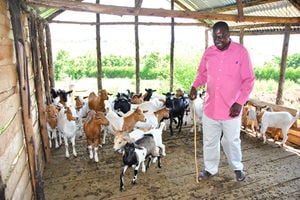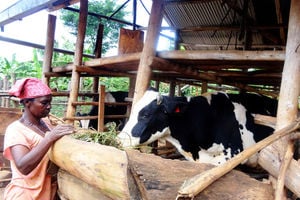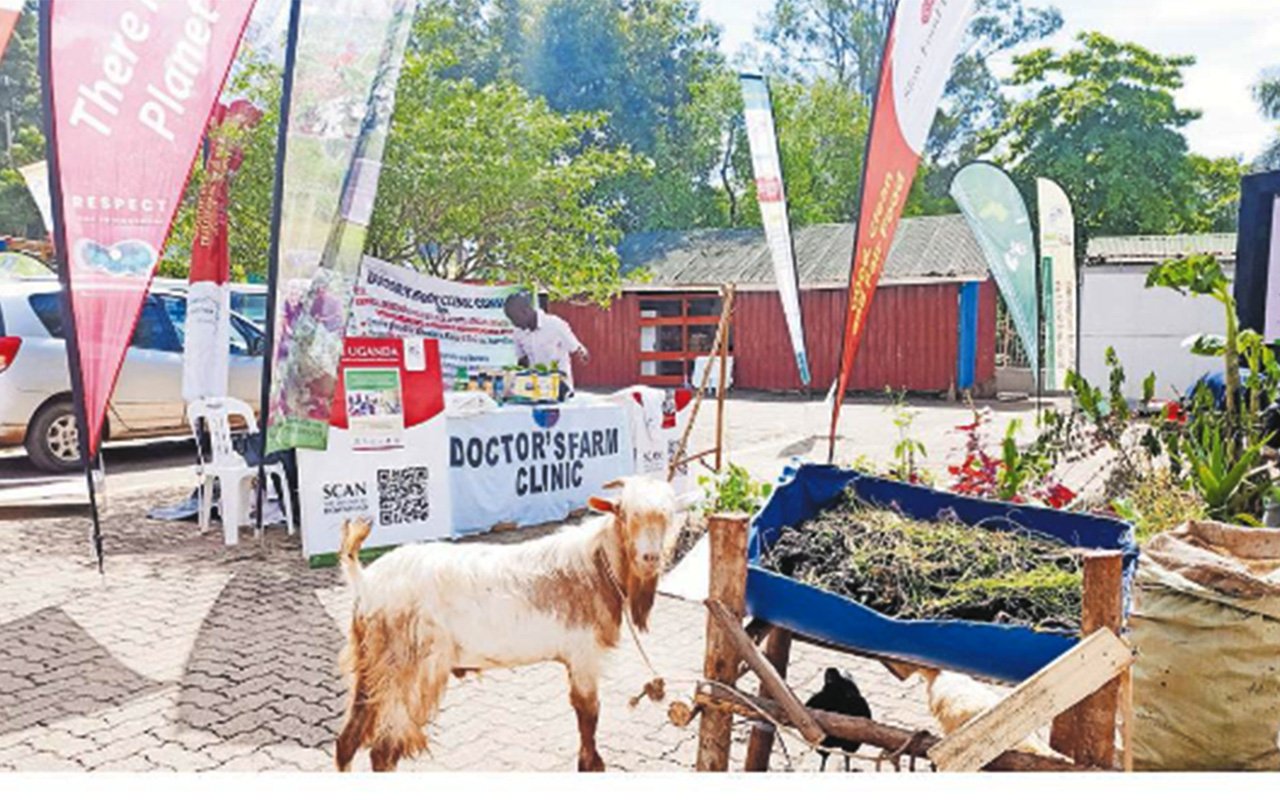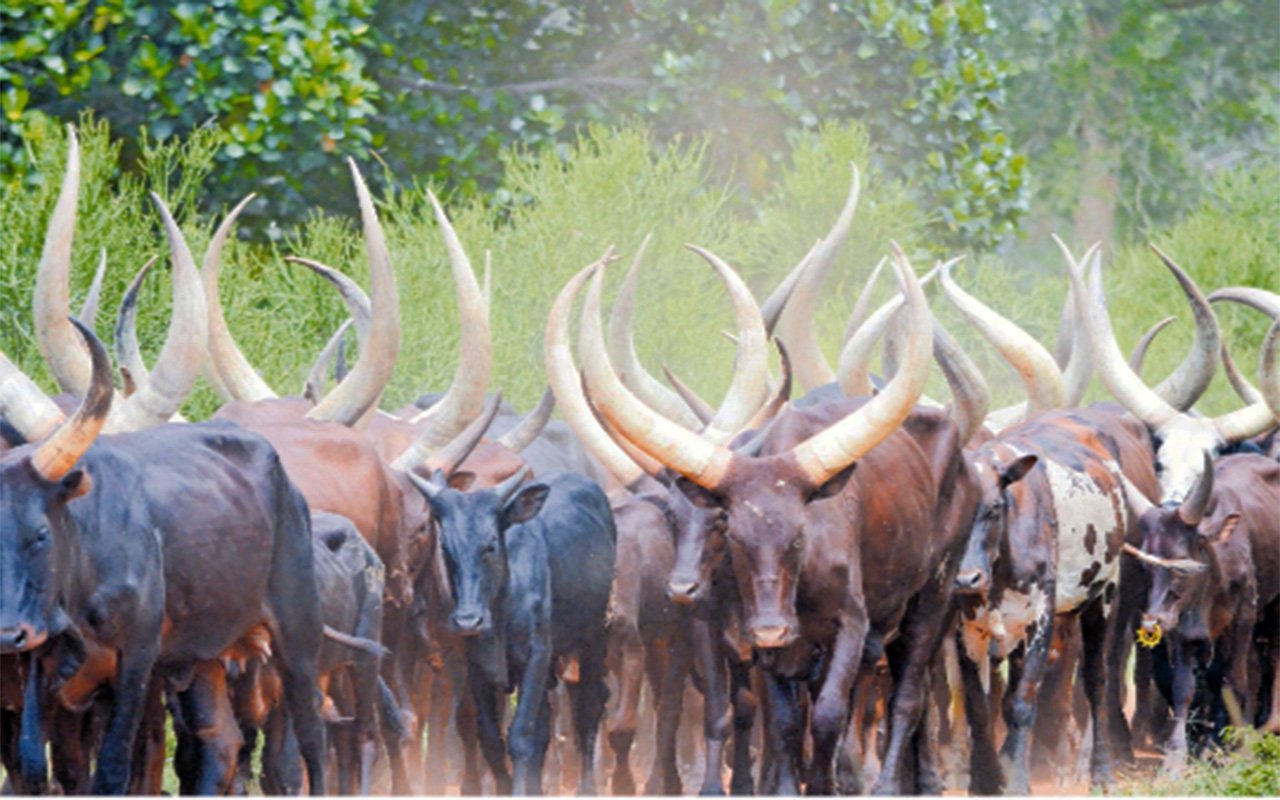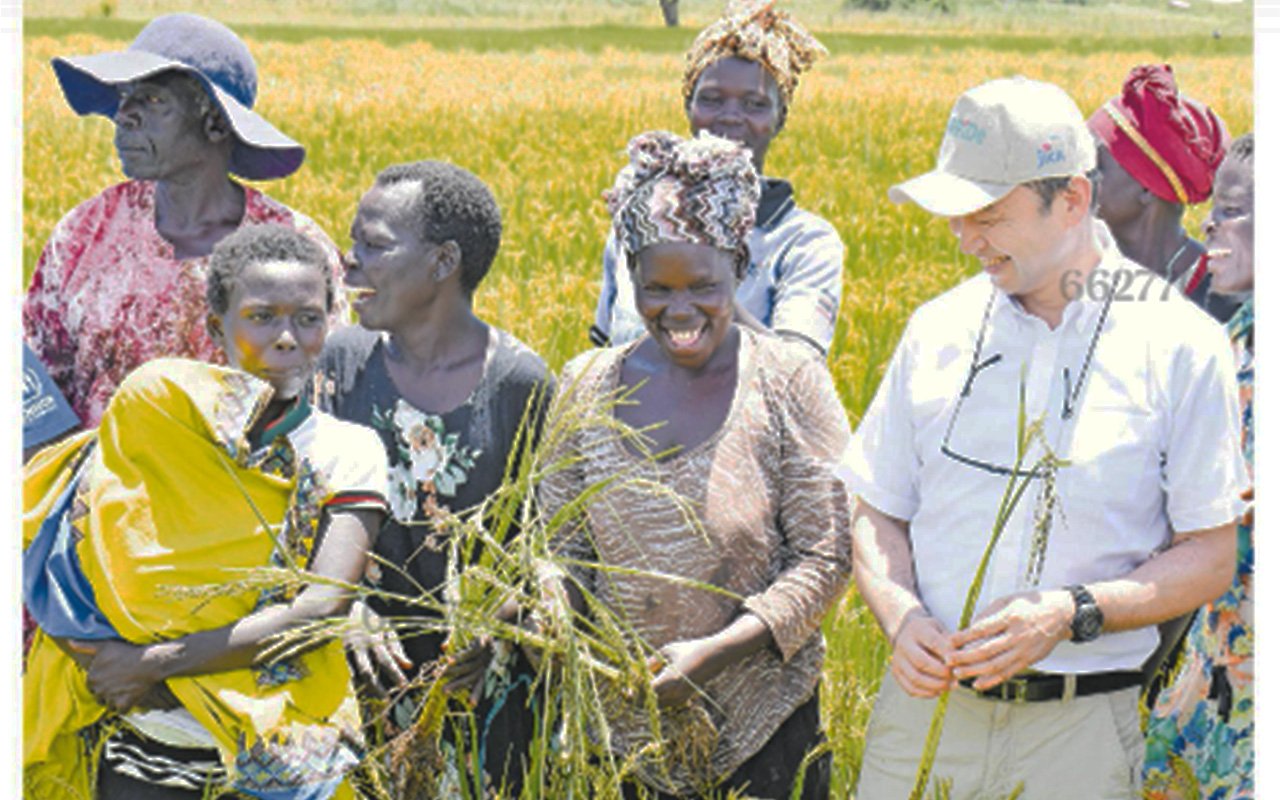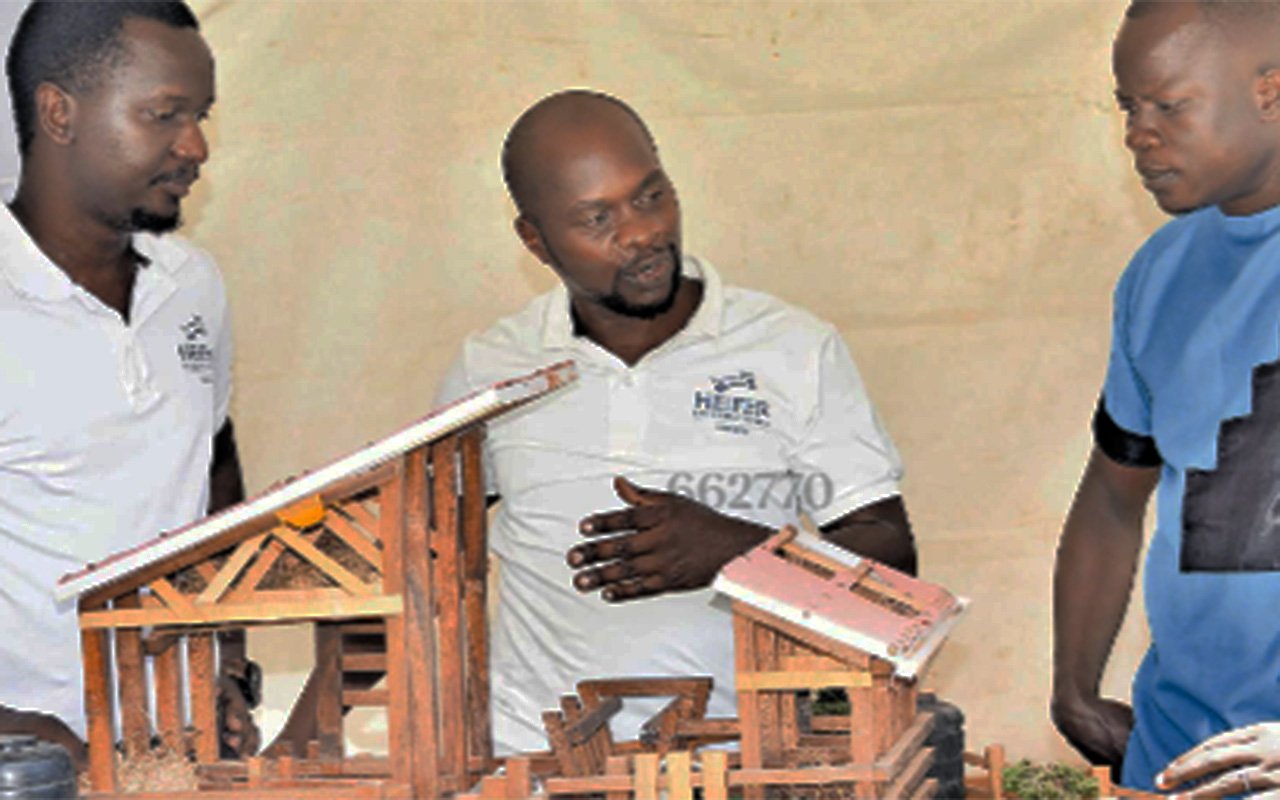
The Heifer team interacting with the farmers on zero grazing models in dairy farming. PHOTO GEORGE KATONGOLE
Zero-grazing is a form of centralising all your cow husbandry activities such as feeding, watering, milking and health management.
Proper planning is, therefore, necessary before starting a zero-grazing system.
Generally, the benefits of this system include cows being confined, therefore using most of the energy from feeds for growth and milk production, enabling clean milk production, encouraging good calf rearing, proper manure collection, animals are protected against diseases and predators and it allow for closer observation of the animals.
The difficult part of it is that much more labour and capital for construction is required and the animals can be easily stressed due to their close confinement.
As part of construction, it is strongly recommended that the unit should be closer to your house and on the opposite direction of the wind for better security and protection of animals from rain, sunshine and other weather effects. Use of local materials for construction also enables you cut on costs.
Standard unit
The standard zero grazing housing system has various essential areas. Each cow has a resting place known as the cubicle, which should be high enough and spacious.
It should not be too small or too big to allow the cow to turn around inside. An ideal cubicle has a length of 210cm (7ft) and a width of 120cm (4ft) that is separated from each other by two timbers.
The floors should be raised and filled with murrum, or you could provide a cow mattresses if you can afford it, but not made of concrete. This way, the cow has a comfortable place which is easy to maintain.
The walking area is about three metres wide between the resting area and where the feed and water troughs are located. This area is also known as the sunning and dunging area.
There should be no roofing here but the floor should be made of concrete for easy collection of urine and manure.
The surface of the floor should be rough so that animals cannot slip, and it should slope from the milking place towards urine and dung collecting pit.
Along one end of the walking area are the feed troughs with a water trough in the middle.
The inside measurements of the feed trough should be 60cm (2ft) wide at the bottom and be raised at least 15cm (1/2 ft) above the ground level of the walking area.
Feed troughs
Shallow feed troughs allow for feed spillage hence wastage. At the centre of the walking area should be the mineral box, for easier reach by animals.
Next to the cubicles is the milking parlour. The floor here should be made of concrete sloping towards the walking area. A feed trough should be fitted at the head of the milking parlour for feeding the cows during milking.
A head yoke should also be constructed to restrain the animal during milking. A store is situated next to the milking place.
The calf pen is normally constructed opposite the milking place with a 120cm by 150cm (4x5 ft) floor.
This floor should be slatted and raised at 0.5-1ft above the concrete floor.
Beddings are not encouraged as they can keep parasites and cause disease conditions to the calf. Opposite the store next to the calf pen is the fodder chopping area.
The crush can be made outside the unit for health and spraying activities.
All the measurements here are subject to changes depending on the size of breed you intend to keep. Therefore, construction should be supervised by a livestock extension officer because mistakes made can be very costly.
Chepkwony a zero grazing farmer
Three years ago, Rose Chepkwony owned three cows, which she grazed along the village paths because her small plot would not produce enough pasture for the animals.
Today, curious visitors throng her farm regularly to see the healthy 14 cows and five calves she keeps on her quarter acre plot.
Five of her happy cows are lactating while three are about to calve. She has six heifers four of which are in-calf.
So what turned around her fortunes? “My visit to a zero-grazing unit in 2012 changed my life. I learnt that zero grazing does not have to be complicated or expensive,” Rose told Seeds of Gold earlier this week. The mother of three saw that the farmer’s dairy unit had been made using locally available materials.
She immediately sourced off-cut timber, which she used to make the feeding troughs that she is still using today.
She first made a structure that was enough for her three cows, but she increases the size every time she gets a new animal. Her unit now measures around 25 by 4 metres.
“I used cheap eucalyptus poles to construct the roof trusses and the only serious expense that I incurred was the iron sheets and the cement for the floor,” she said.
She got two loans, which she used to buy two high-quality animals. Keeping zero-grazing cows increases milk production and reduces the chance of diseases and ticks attacking them.
To prove that zero-grazing is more efficient, she showed Seeds of Gold one Ayshire cow that would give her 12 litres of milk a day but now produces 28 litres.
She, however, cautions that housing alone does not increase milk production.
Proper feeding and management is important.
Rose has learnt how to make dairy meal at the farm by mixing different foods.
The blended meal has kept her animals producing more milk than when she used to rely on commercial feeds.
She mixes wheat and maize bran, legumes, fishmeal and minerals to produce high-quality dairy meal.
The system
The zero grazing farming system is becoming popular day by day. It is a system with many advantages over traditional sheep farming. High profitability, rapid growth, low maintenance, etc., are some of the essential benefits of zero grazing farming system.


